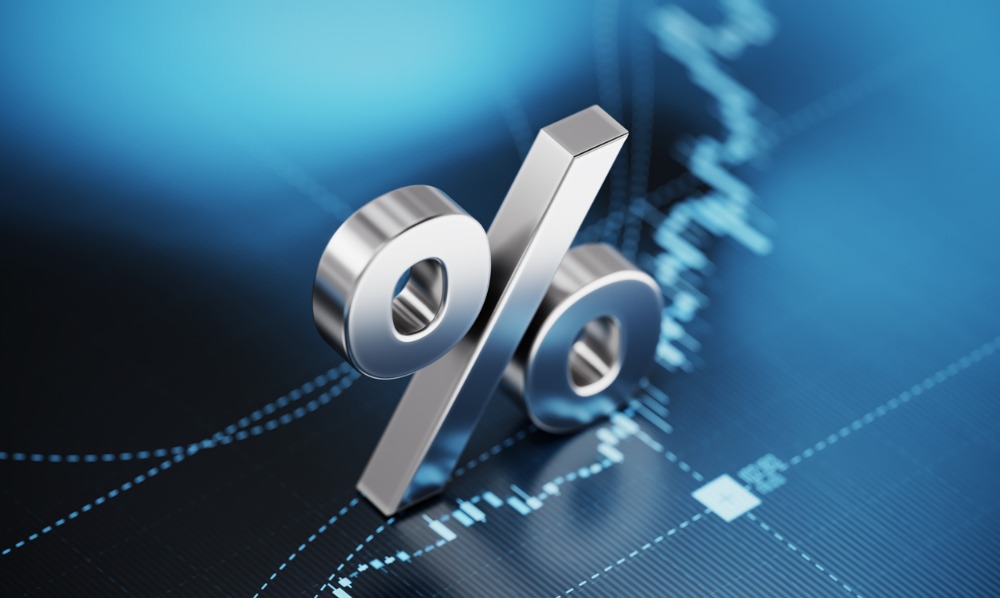As rent and mortgage repayments put pressure on family budgets, Australians are tightening their belts

Households across Australia are tightening their belts as rising interest rates, rents, and other cost-of-living expenses put pressure on family budgets.
The impact is being felt in various areas, including travel, gyms, cafes, department stores, and entertainment, with consumers cutting back on discretionary spending, The Australian reported. This trend is reflected in the latest Commonwealth Bank Household Spending Intentions index, which showed a decline of 1.7% in June.
One area that has seen a significant drop is home-buying spending intentions, which fell by 26.2% in the month due to a decrease in home loan applications, according to The Australian. Discretionary spending, including entertainment and travel, has also weakened, with entertainment spending down 5.4% compared to May and 15.4% compared to last year. Travel spending declined by 2.5%, following a decrease in May.
The overall outlook for consumer spending intentions is worrisome, with the annual growth rate in the Household Spending Intentions index at only 2.4% for the year to June, down from 4.7% in the previous year. This decline is attributed to the impact of rising mortgage payments and rents, which are consuming a larger portion of households' disposable income, The Australian reported.
CBA chief economist Stephen Halmarick noted that the tightening of financial conditions, particularly for households with mortgages or rent payments, is limiting discretionary spending.
“There is very clearly a slowdown in the rate of annual change (in household spending intentions), which we think is a direct flow on from the higher interest rates that the Reserve Bank has put in place,” Halmarick told The Australian. “Real disposable income is declining and people are having to spend more of their money on housing – whether they’ve got a mortgage or rent as both are rising. Hence there will be less money to spend on everything else, and you can see that in the slowdown in a number of measures of spending, including the HSI.”
More rate hikes to come
Although the Reserve Bank of Australia decided to hold interest rates steady this month, economists anticipate further rate hikes in the future, which will put additional strain on household budgets and consumer spending.
Read next: Distressed sales on the upswing
The latest results from the CBA's Household Spending Intentions index paint a challenging picture for consumers and the retail sector, a significant driver of economic growth and employment. The data reveals a decline in spending intentions across various categories, indicating a cautious approach by consumers amid financial pressures, The Australian reported.
Continued belt-tightening
Looking ahead, the effects of higher interest rates on mortgage payments may take time to materialise fully, as some borrowers are still transitioning from fixed to variable home loan rates. This suggests that households will continue to tighten their belts and reduce spending well into next year.
While health and fitness, travel, and retail have experienced declines in spending intentions, motor vehicle spending has seen a significant increase of 3.8% in June and 66% over the past year, according to The Australian. This growth is driven by easing supply chain constraints and increased car imports. Additionally, utilities spending has risen by 7.2% in the year to June, reflecting higher bills and marking the fastest pace of increase since 2017.
Have something to say about this story? Let us know in the comments below.



